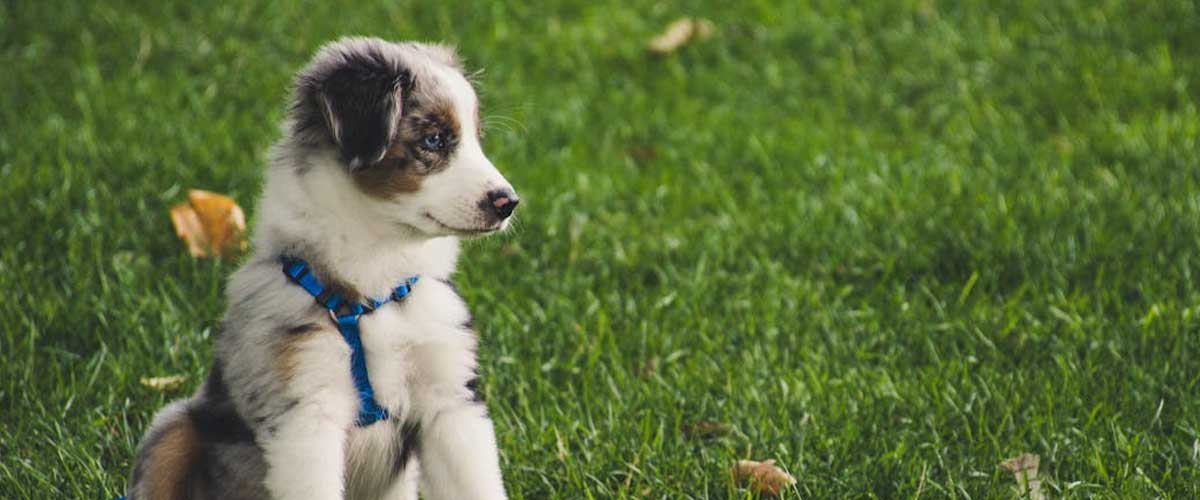When it comes to dogs, the transition from puppyhood to adulthood is a significant milestone that pet owners often contemplate.
Puppies are undeniably adorable, full of energy and curiosity, but understanding when they truly outgrow that playful phase can help owners provide the best care and training.
Generally, a dog is considered a puppy until about 12-18 months of age, but several factors can influence this timeline.
The Growth Stages of Dogs
The first year of a dog’s life typically encompasses rapid growth and development.
Here’s a basic breakdown of the stages:
1. Neonatal Stage (0-2 weeks):
At this stage, puppies are entirely dependent on their mothers.
Their eyes and ears are closed, and they primarily sleep and eat.
2. Transitional Stage (2-4 weeks):
Puppies begin to open their eyes and ears.
They start to explore their environment, showing initial signs of social interaction and play.
3. Socialization Stage (4-12 weeks):
This is a critical period for socialization.
Puppies learn important behaviors from their mother and littermates.
Socializing with humans and other dogs during this stage can help shape their personality and behavior later in life.
4. Juvenile Stage (3-6 months):
This stage is marked by increased energy and curiosity.
Puppies will often test boundaries, which is why training is essential.
5. Adolescent Stage (6-18 months):
This is when dogs begin to exhibit more mature behaviors but can also become rebellious.
Training should continue during this stage to reinforce positive behaviors.
When Does a Puppy Become an Adult?
While the general guideline is that a dog is no longer a puppy after around 12-18 months, this timeline can vary based on several factors:
Breed Size:
Smaller dog breeds tend to mature faster than larger breeds.
For example, a Chihuahua might be considered an adult by the time it’s 12 months old, while a Great Dane may not reach adulthood until 18-24 months.
Individual Development:
Just like people, every dog is unique. Some dogs may show signs of maturity sooner, while others might take longer.
The general health, personality, and previous socialization experiences can play a role in their development.
Training and Environment:
Dogs that receive consistent training and socialization may transition out of puppyhood more smoothly.
A stable environment can foster maturity, helping dogs adapt to adult behavior patterns.
Signs Your Dog Is No Longer a Puppy
As your dog transitions out of puppyhood, you may notice several signs:
Less Destructive Behavior:
Puppies are often known for chewing and other destructive behaviors.
As they mature, these tendencies typically decrease.
Settled Personality:
Adult dogs generally have a more established demeanor.
While they may still have bursts of energy, their behavior usually shows more consistency.
Improved Focus:
Adult dogs tend to have better attention spans and can follow commands more reliably than puppies who are still mastering their training.
Conclusion
Understanding when your dog is no longer a puppy is essential for tailoring care, training, and expectations.
While the 12-18 month range is a general guideline, consider the unique factors that influence your dog’s growth.
Regardless of age, fostering a strong bond through training, exercise, and play will result in a healthy, happy adult dog ready to be a cherished part of your family.









